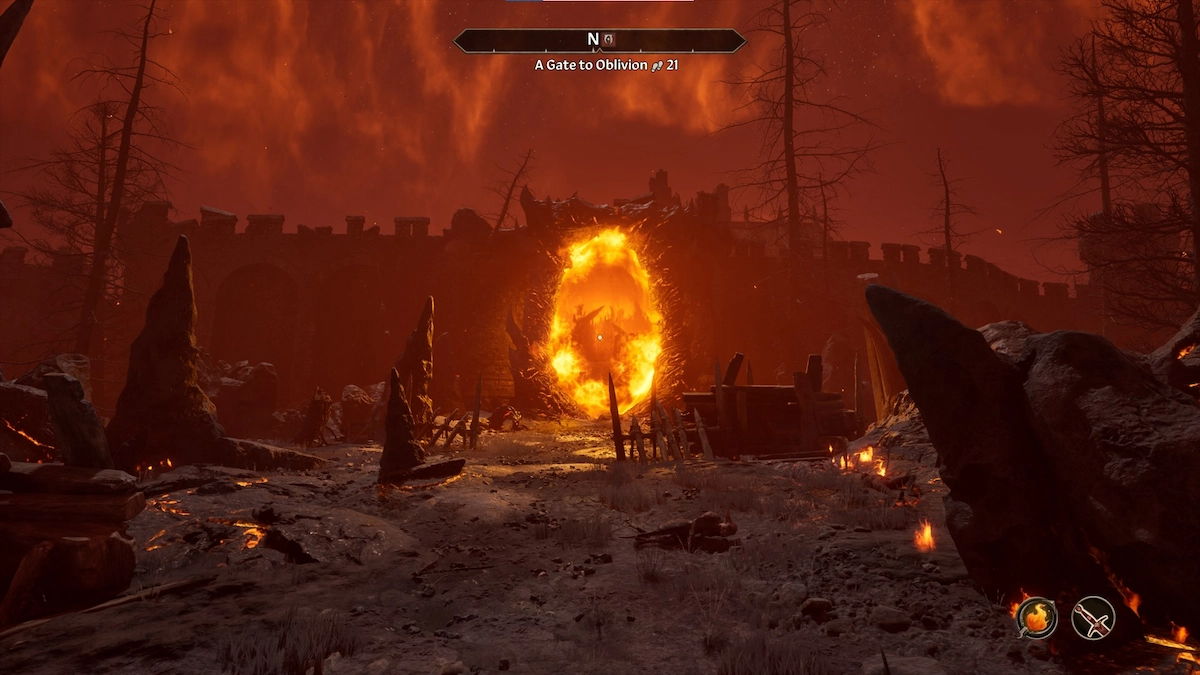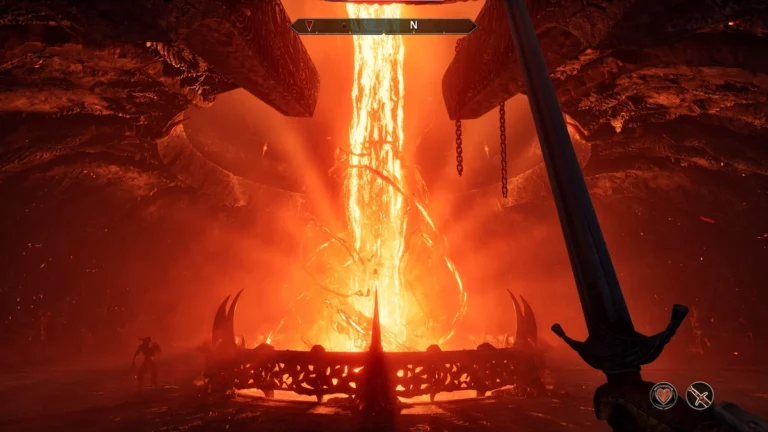When rumors first surfaced about The Elder Scrolls IV: Oblivion getting a remastered version, most fans—including myself—found it hard to believe. Bethesda, and Todd Howard in particular, had often said they weren’t interested in remastering their older games. So what changed? Not only did they greenlight a remaster, but they also outsourced the project to Virtuos, an external studio, and allowed them to rebuild the game using Unreal Engine 5.
At first, this decision raised concerns. Could another studio truly capture the magic of a Bethesda classic? Would a graphical overhaul ruin the game’s unique charm? Would new players even enjoy a game designed nearly two decades ago?
Why Oblivion Deserved a Remaster
Among the many titles in The Elder Scrolls franchise, Oblivion holds a special, yet somewhat complicated, place. Most gamers today are familiar with Skyrim, while veteran fans often praise Morrowind as their favorite. Oblivion, in contrast, sits right in the middle—less accessible than Skyrim, less complex than Morrowind.
Yet Oblivion was a turning point for Bethesda. It introduced many game mechanics, leveling systems, and world design ideas that would define their later work. But at the same time, those systems were raw and unrefined. It’s a game full of bold ideas and awkward executions. That’s what made remastering it so challenging—and so important.
Visual Upgrade: Unreal Engine 5 Magic
Let’s begin with the most obvious change—the graphics. Thanks to Unreal Engine 5 and advanced rendering tools like Lumen, Oblivion Remastered looks stunning. The updated visuals bring Cyrodiil to life like never before. You’ll see detailed lighting, sharper textures, better foliage, and redesigned interiors that truly feel next-gen.
But what makes this remaster shine is balance. Virtuos knew when to be faithful and when to innovate. Cities, armor, weapons, and enemies stay close to their original style, while NPCs—previously known for their strange and cartoonish looks—have been completely redesigned.
Characters like Martin Septim now actually resemble their voice actors (hello, Sean Bean!), and Orcs no longer look like knock-off versions of Shrek. The visual upgrade is impressive, yet it still honors the game’s core identity.
Art Direction: The Beauty and the Criticism
While the new graphics are a major improvement, some purists may be disappointed with the forest environments. The color palette has shifted slightly, leaning more toward modern UE5 titles. The vibrant, stylized look of the original has been replaced with a more realistic tone. While this change helps attract newer players, long-time fans might feel it’s lost a bit of its visual soul. Still, for most gamers, this is a fair trade-off.
Performance and Technical Concerns

Of course, no Unreal Engine 5 game comes without technical flaws, and Oblivion Remastered is no exception. Stuttering issues, a known problem with the engine, appear on every platform. I played the game on an Xbox Series X in Performance Mode. While it didn’t always hold a stable 60 FPS in open areas, the experience was smooth overall.
That said, Quality Mode at 30 FPS felt sluggish and frustrating. On PC, the game requires a powerful CPU to handle the load, and even the strongest rigs can’t fully eliminate performance dips. Still, the developers have improved optimization through recent patches, and future updates could continue to enhance stability.
Modern Gameplay Improvements
The remaster isn’t just about looks—it also improves gameplay in meaningful ways. Virtuos made sure to polish the rough edges of Oblivion without breaking what made it special.
For example:
- Combat feels more responsive. Melee hits have more weight, and enemies react better.
- Dash movement has replaced the old clunky roll system, making battles more fluid.
- Sprinting has been added, making exploration faster and more enjoyable.
These small changes make a big difference. The core gameplay remains familiar, but it’s far more polished and player-friendly now.
The Level-Up System: Major Overhaul, Minor Miracles
Perhaps the most important update is the overhaul of Oblivion’s infamous leveling system. The original game had a punishing structure where players could easily “level up wrong” by focusing on unhelpful skills, leading to weaker characters and tougher enemies.
Now, Minor Skills also contribute to level progression, and you’re no longer limited to upgrading Attributes based on which skills you used. This gives players much more freedom and control, reducing frustration while preserving the original system’s spirit. You can still mess up—but now, it’s a choice, not a trap.
Modding in the Remaster: A Mixed Bag
No Bethesda game review is complete without discussing mods. Over 1,200 mods are already available for the remaster on platforms like Nexus Mods. That’s impressive, especially since the game still uses parts of the original Gamebryo engine under the hood.
However, adding Unreal Engine 5 has made deeper modding more difficult. Bethesda has confirmed there are no official mod tools planned at this time. This means:
- Console players won’t get mod support.
- PC players are limited to lightweight mods like UI changes or texture swaps.
- Ambitious, large-scale mods (like new questlines or total conversions) will be much harder to develop.
So if you’re a player who values rich, custom-modded experiences, the original Oblivion might still be the better option.
Final Verdict: Is Oblivion Remastered Worth It?
For most players, the answer is a clear yes. The Elder Scrolls IV: Oblivion Remastered isn’t just a fresh coat of paint—it’s a respectful, thoughtful upgrade of a legendary RPG. Virtuos managed to balance nostalgia with modern expectations, delivering a product that honors the past while inviting new players to join the adventure.
Despite its performance issues and limited modding options, Oblivion Remastered offers the best way to experience Cyrodiil for about 90% of gamers. Whether you’re returning to your favorite game or discovering it for the first time, this remaster is a journey worth taking.
